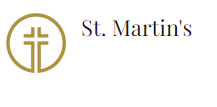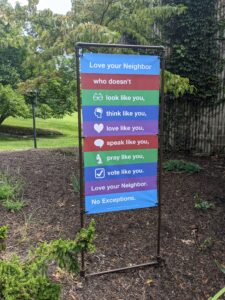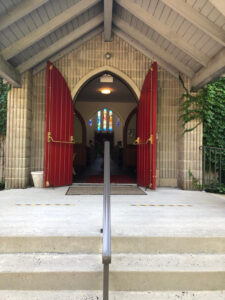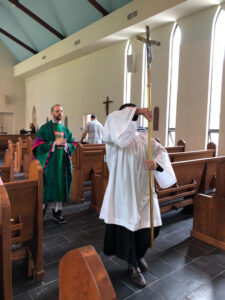You should expect to be welcomed at the front door by one of our members. She or he can show you where to hang your coat if you’d like. Then you will be given a leaflet, or service program, to help you know what will happen throughout the liturgy.
Liturgy is a word that means “the work of the people.” Our understanding is that worship is the work we offer together as a gift to God in response to God’s gift of life to us. We engage all our senses in this offering. We taste bread and wine, hear music and the spoken words, touch in “Passing the Peace.” We smell the incense that is a symbol of prayer, purification and offering.
Our guide for all of this is called the Book of Common Prayer. By “Common” we mean that this is what we do together. While it is good to worship individually sometimes, we find it crucial to gather regularly in common to pray and celebrate the sacraments which are the physical signs of God’s gift of grace to all the world.
If the Episcopal forms of worship are new to you, don’t worry. This is not a test and there is no getting it wrong. Feel free to just observe the first few times you come, or to ask someone around you what page we’re on. They’ll be glad to help. And realize that we Episcopalians will do thing differently from one another. A good example is that our prayer book often says, “Stand or kneel.” “Well, which is it?” someone might well ask, but the truth is that some people will stand for prayers while others will kneel (and some will even sit. It’s all OK, because it is God we worship, not one another. You do what makes the most sense to you).
When it comes to receiving the elements of Communion, our norm is that all are welcome at God’s Table. We serve this meal as servants of God. All people are welcome to receive Jesus and his peace at this Table. But if you would rather not receive the Bread or Cup (outward signs of Jesus Christ), simply cross your arms over your chest and a priest will offer a blessing of peace for you instead.
One other thing you should know is that each Sunday we worship in two different styles:
At 8:15 a.m. we use what is known as Rite 1, which is the Elizabethan language of our first prayer book in English in the 1500’s. This service is a “quiet” service, with less, if any music.
At 10:30 a.m. we use Rite 2, which is 20th century contemporary English. There is lots of music, both sung by the choir and the congregation. Incense is usually used, and the children have Sunday School as well as being welcomed to participate in the Eucharist.



